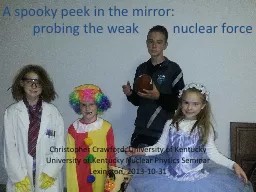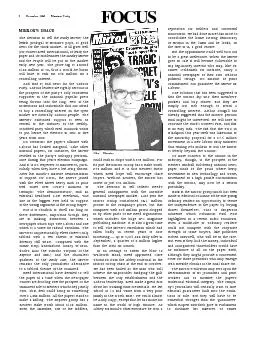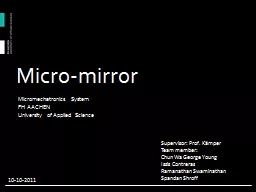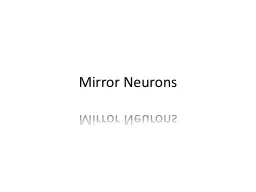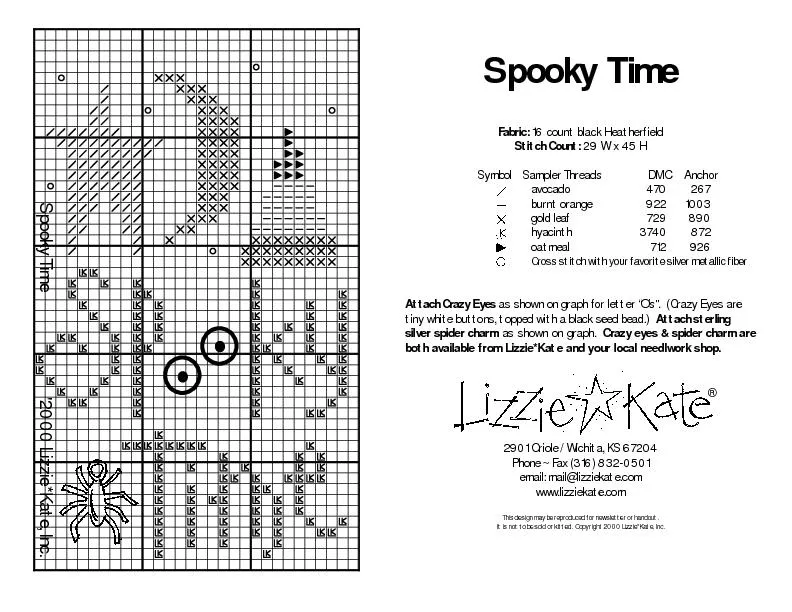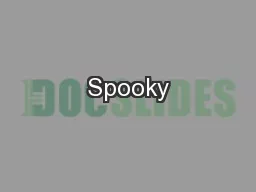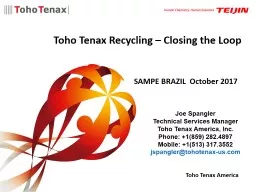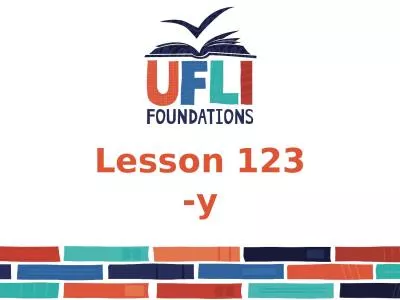PPT-A spooky peek in the mirror:
Author : joy | Published Date : 2021-01-27
probing the weak nuclear force Christopher Crawford University of Kentucky University of Kentucky Nuclear Physics Seminar Lexington 20131031 The Halloween Interaction
Presentation Embed Code
Download Presentation
Download Presentation The PPT/PDF document "A spooky peek in the mirror:" is the property of its rightful owner. Permission is granted to download and print the materials on this website for personal, non-commercial use only, and to display it on your personal computer provided you do not modify the materials and that you retain all copyright notices contained in the materials. By downloading content from our website, you accept the terms of this agreement.
A spooky peek in the mirror:: Transcript
Download Rules Of Document
"A spooky peek in the mirror:"The content belongs to its owner. You may download and print it for personal use, without modification, and keep all copyright notices. By downloading, you agree to these terms.
Related Documents

